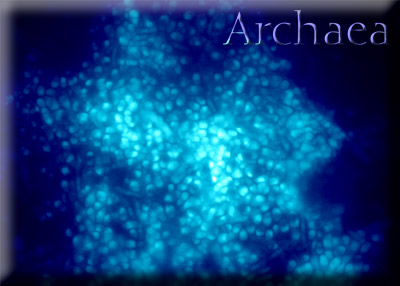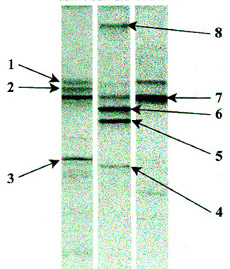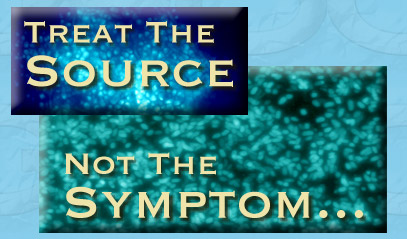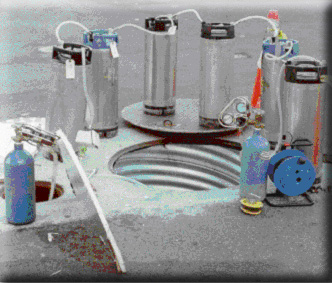As DBB™ is an anaerobic process, it works with, not against, the anaerobic and reducing conditions that typify source areas characterized by residual NAPLs and high levels of sorbed-phase contamination. DBB™ has routinely been used for the effective in-situ treatment of fine-grained media, building foundations and logistically complicated and/or busy industrial sites that are impractical to excavate or treat using other remediation processes.
N-Blend™ is a patented formulation of nitrate-based electron acceptors, nutrients, complex phosphates and other beneficial agents that is designed to promote denitrification-based bioremediation.








